The IBJJF San Jose Open Gi tournament is a battlefield where skill, strategy, and sheer determination collide. Among the countless warriors who step onto the mats, two standouts emerged, showcasing the essence of Brazilian Jiu-Jitsu in its purest form: Jerel, a seasoned black belt, and Ryan, a rising purple belt from El Dorado Hills jiujitsu.
Jerel, a black belt with years of experience woven into every technique, approached the tournament with the calm demeanor of a seasoned veteran. For him, every match was a canvas on which to paint his mastery of the art. With precise movements and an unwavering focus, Jerel, despite being two weight classes up to gain compete, fought with precision and tenacity. His journey was a testament to the countless hours spent honing his craft on the mats.
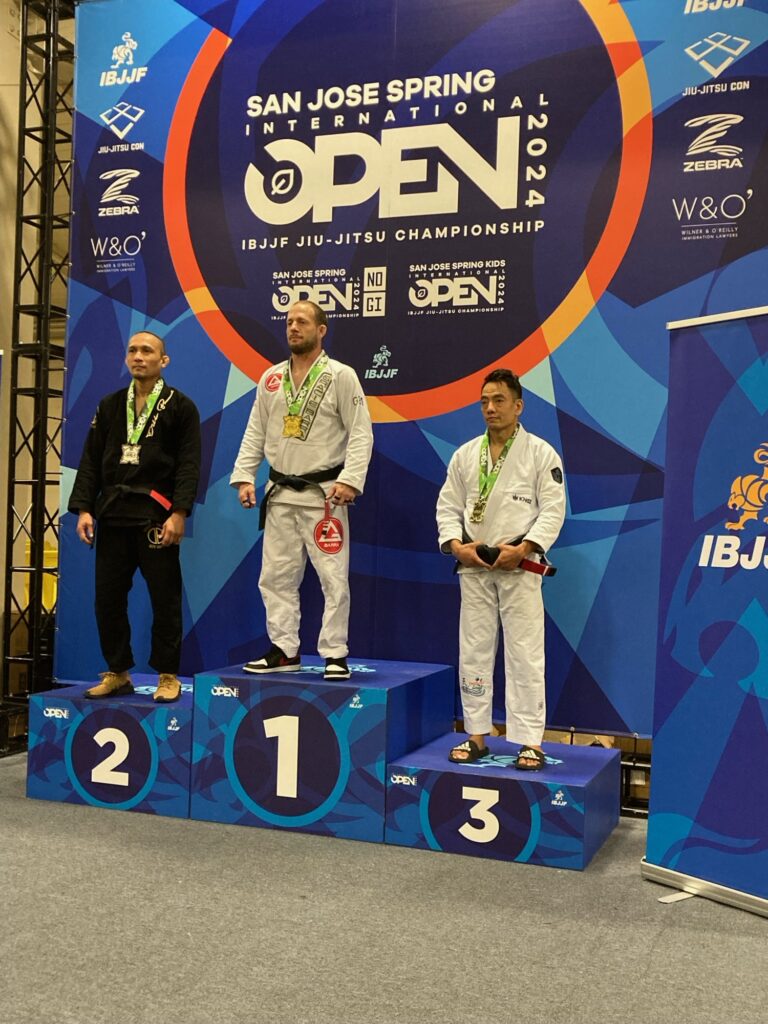
Ryan, on the other hand, brought the hunger and tenacity of a purple belt eager to prove himself on the competitive stage. With fire in his eyes and determination in his heart, Ryan approached each match as an opportunity to push his limits and test his skills. Despite the adversity, Ryan refused to back down, using his agility and technical prowess to outmaneuver his adversaries and secure victory after victory.

As the tournament progressed, both Jerel and Ryan faced formidable opponents who pushed them to their limits. Every match was a test of their resolve, a battle of wills where victory hung in the balance with every sweep, submission attempt, and escape. In the end, their perseverance and dedication paid off, as Jerel and Ryan found themselves standing on the podium.
But beyond the medals and accolades, what truly defined Jerel and Ryan’s journey was the camaraderie and spirit of sportsmanship that permeated every match. In victory and defeat, they showed respect for their opponents, recognizing the shared love for the art that brought them together on the mats.
The IBJJF San Jose Open Gi tournament was more than just a competition; it was a celebration of the human spirit and the boundless potential of those who dare to pursue their passion with unwavering dedication. Jerel and Ryan’s journey serves as a reminder that in the world of Brazilian Jiu-Jitsu, the truest victory lies not in defeating others, but in overcoming oneself, one match at a time.
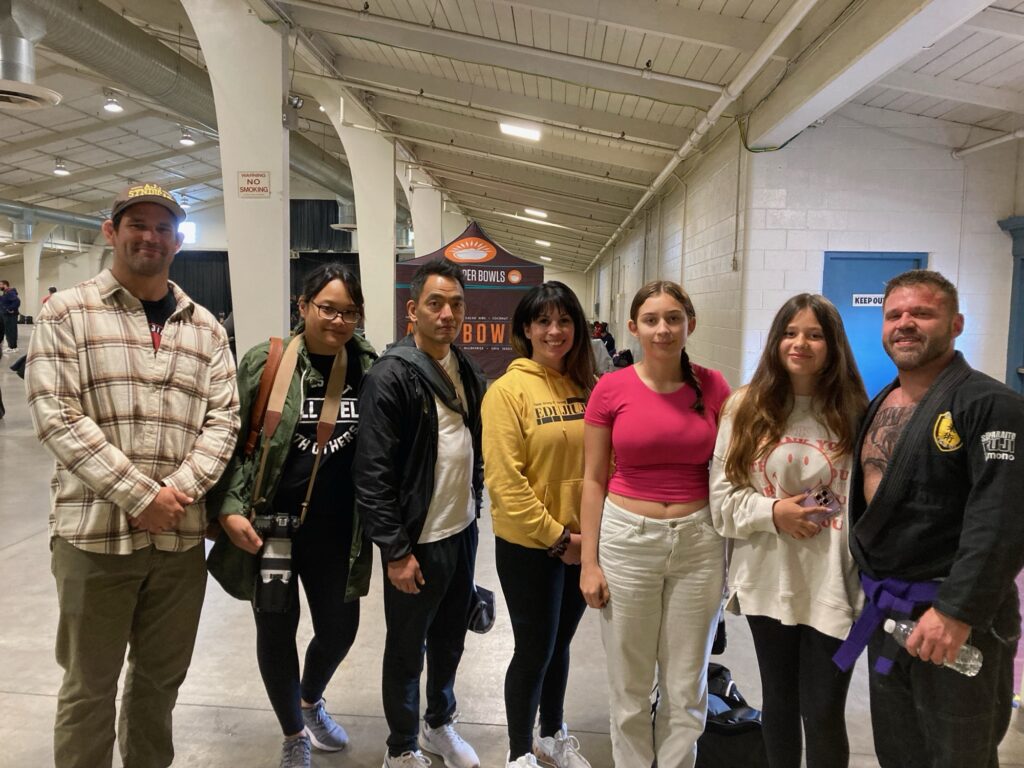

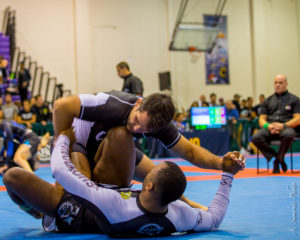
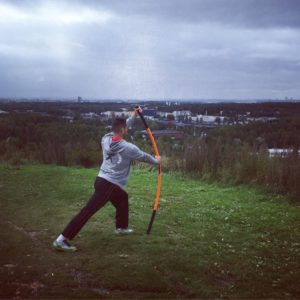
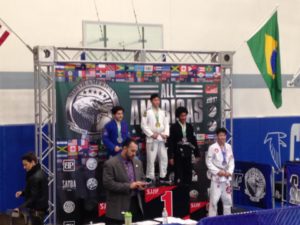 Winning one of his two matches, Javen displayed excellent takedown strategy, scoring a takedown on both matches. He managed to secure the mount position and, just as the timer ended, finished with an armbar — a favored technique, as seen from his preceding tournaments. Javen plans to come back from his tournament experience and hit the mats immediately! He has big aspirations to continue competing for years to come.
Winning one of his two matches, Javen displayed excellent takedown strategy, scoring a takedown on both matches. He managed to secure the mount position and, just as the timer ended, finished with an armbar — a favored technique, as seen from his preceding tournaments. Javen plans to come back from his tournament experience and hit the mats immediately! He has big aspirations to continue competing for years to come.